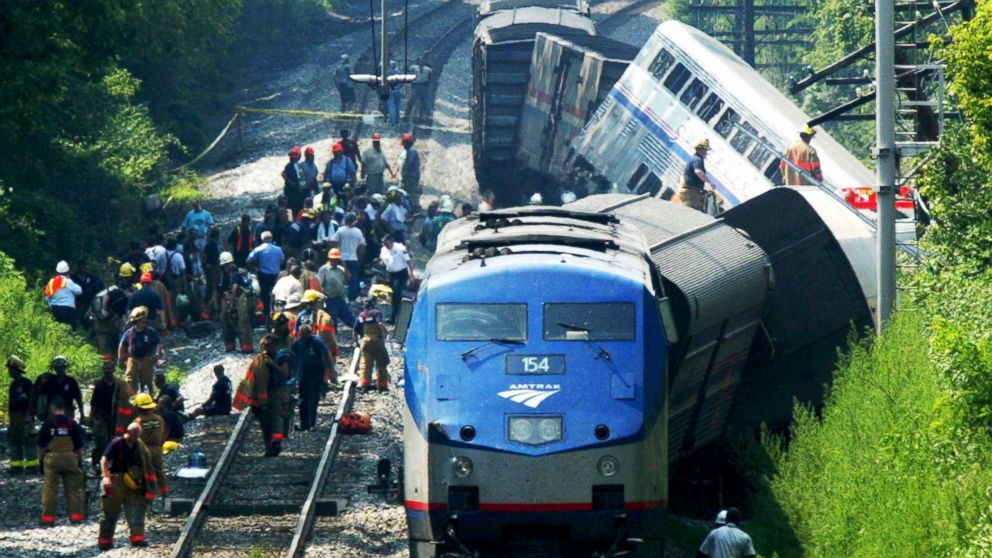It’s a scenario that no one ever wants to imagine being hit by a train. Unfortunately, it’s a reality for some people. So, what happens when you get hit by a train?
For starters, it’s important to understand those train collisions are almost always devastating. The sheer size and weight of a train mean that it can cause serious injuries or even death. In fact, according to the Federal Railroad Administration, there are about 2,000 train-related fatalities in the U.S. each year.
If you’re lucky enough to survive a train collision, you’ll likely be faced with a long road to recovery. The injuries caused by a train collision can be extremely severe and may require months or even years of treatment. common injuries include broken bones, internal bleeding, and traumatic brain injuries. Amputees are also not uncommon.
In short, being hit by a train is a life-changing event – one that is almost always tragic. If you find yourself in the path of a train, the best thing you can do is try to get out of the way as quickly and safely as possible.
Contents
Do train wheels wear out?
The answer is yes, they do. But, it takes a very long time for that to happen. The wheels on a train go through a lot of wear and tear, but they are built to last. The material that the wheels are made out of is very strong and can withstand a lot of force. Train wheels also have a very thick layer of tread on them, which helps to protect the wheels from wearing down too quickly. The tread on the wheels also helps to grip the rails, which keeps the train from slipping or sliding off the tracks. Train wheels are designed to last for many years, but eventually, they will need to be replaced.
Who pays when a train hits a car?
The simple answer is that the driver of the car is responsible for the damages. However, there are a few caveats. If the car was parked on railroad property, the railroad company may be held liable. Additionally, if the accident was caused by a defect in the tracks or signaling system, the railroad company may again be held liable. In such cases, it is important to speak with an experienced attorney to determine who is ultimately responsible for the damages.
How many cars get hit by trains every year?
Year Collisions Injuries
2019 2,231 839
2018 2,233 848
2017 2,124 848
2016 2,050 853
How do train drivers deal with fatalities?
Driving a train is an extremely responsible job. Not only does the driver have to be aware of the signals and switches, but they also need to be vigilant for people or animals on the tracks. Unfortunately, accidents do happen, and sometimes people are killed. In these cases, it is the driver’s responsibility to deal with the aftermath. This can be a very difficult task, both emotionally and logistically. First, the driver must ensure that the train is safely stopped, and all passengers are accounted for. They then need to contact the police and other emergency services. In some cases, they may also need to assist with crowd control or provide first aid. In addition, the driver must deal with their own emotions in the wake of fatalities. This can be a challenging process, but drivers typically receive support from their employers and colleagues. With time and assistance, they are usually able to return to their duties.
Is a train safer than a car?
The answer may surprise you. Though cars are much more common, trains actually have a much better safety record. In fact, over the past decade, there have been far fewer fatalities on trains than in cars. There are a number of reasons for this. First, trains are much larger and heavier than cars, so they are less likely to be involved in serious accidents. Second, trains travel on dedicated tracks, so they are less likely to collide with other vehicles. Finally, trains are equipped with a number of safety features, such as automatic brakes and mirrors that provide the driver with a clear view of the tracks ahead. As a result, it is clear that trains are much safer than cars.
How far does a train need to stop?
Depending on the length and weight of the train, as well as the speed at which it is traveling, trains can need up to two miles to come to a complete stop. This is because it takes a significant amount of time and distance for the engine to brake and slows down the train. In addition, freight trains carrying heavy loads can take even longer to stop. Therefore, it is important for train operators to be aware of the stopping distances of their trains and to plan accordingly. If a train needs to stop suddenly, it can cause serious damage to the tracks and equipment, as well as delays for passengers.

